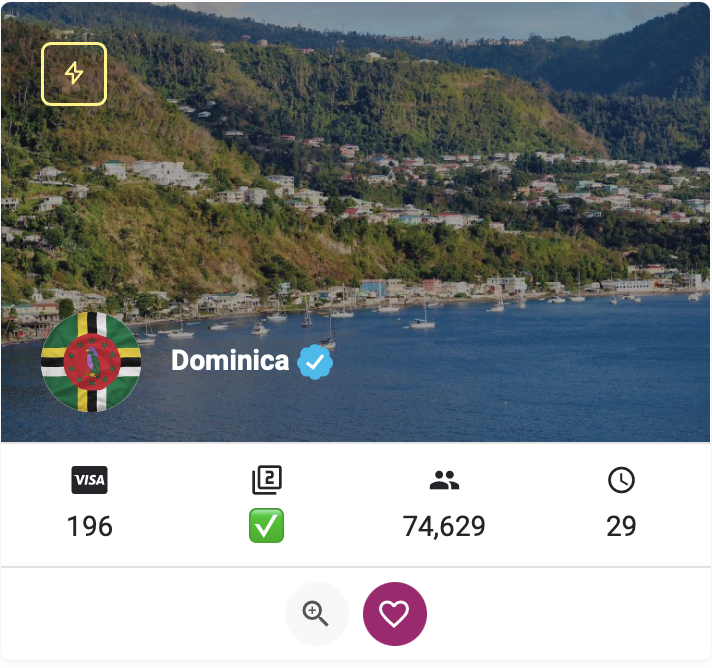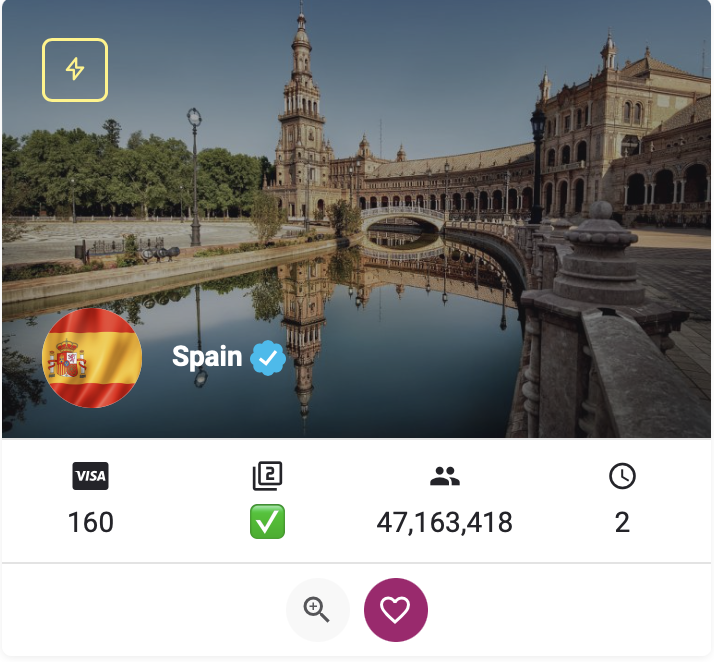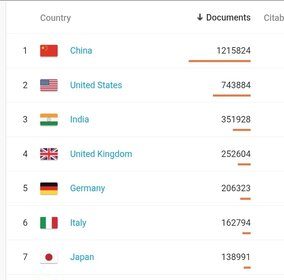New marine bacteria that build up in large amounts of hydrogen have been discovered by scientists.
According to RCO News Agency, In a new genomic study, previous unknown gene clusters were discovered in hydrogen -producing bacteria. This discovery can have important consequences for clean energy production.
Vibrionaceae is a well -known family of marine bacteria that are primarily known as “biological”. However, they are also infamous cholera because of the pathogen.
Despite their widespread presence in oceanic ecosystems, these bacteria were not useful for the production of biological fuel.
Researchers have now found that some members of this bacterial family have a unique ability to produce large quantities of hydrogen gas. They achieved this by degrading a compound called formate through fermentation, and in this process, they produced hydrogen and carbon dioxide. This unexpected feature can provide a new path to developing energy solutions.
Breaking the genetic mechanism of the back of hydrogen production
An international research team includes Professor Tomoo Sawabe of the University of Hokkaido, Ramesh Kumar Natarajan of the Indian National Institute of Interdisciplinary Science and Technology and Fabiano Thompson from the Federal University of Rio de Jenumi. Their study focused on determining the sequence of all three known species from the vibrionace family.
The researchers paid particular attention to the structure and function of the “Hyf-Type Formate Hydrogenlyase” or “FHL”. This enzymatic compound plays an important role in the decomposition of the format into hydrogen and carbon dioxide. There is a similar enzyme in the Escherichia coli bacteria, but produces significant amounts of hydrogen than viberionace.
“These analyzes show the unexpected variety of FHL gene clusters and the relationships between gene clusters and performance in the ability to produce hydrogen,” said Professor Savabeh.
The study identified two previously unknown types of FHL gene clusters that brought the overall number of Vibrionacea family. This diversity is probably due to the compatibility of bacteria with different ecological environments over time.
Diversity in production, between different species of bacteria
The researchers also analyzed hydrogen fermentation changes in different species. They found that a marine bacterium called Vibrio Tritonius and a species called Vibrio Porteresiae, which lived in wild rice, showed the highest level of hydrogen production. In contrast, Vibrio Aerogenes and Vibrio Mangrocrocary bacteria produced the lowest hydrogen.
The study also showed that the production of hydrogen was related to the efficiency of bacteria in the absorption of the format, and those with better format absorption were able to produce more hydrogen.
Savabeh explained: These genotypes strengthen the format metabolism as a potential key factor in maintaining fermented hydrogen production in specific groups of vitro.
Researchers say certain species of bacteria created higher hydrogen production as a mechanism for detoxification of format from their environment; The concept they call “the disgusting hypothesis of the format”.
Their findings can also provide an insight into hydrogen fermentation in other bacteria, including E. Coli.
This study not only enhances our understanding of microbial development, but also offers new ways to inhibit bacterial hydrogen production for sustainable energy applications.
This study is published in the journal Current Microbiology.
The end of the message
(tagstotranslate) Bacteria (T) Hydrogen production
RCO NEWS

















